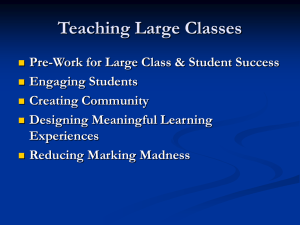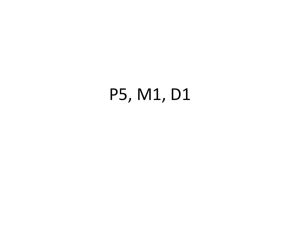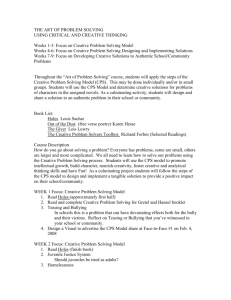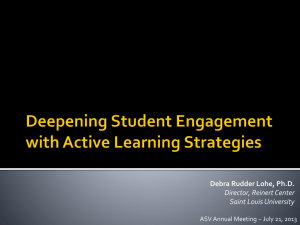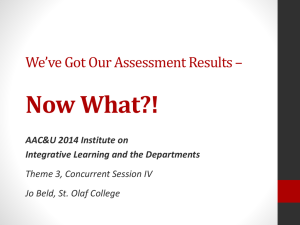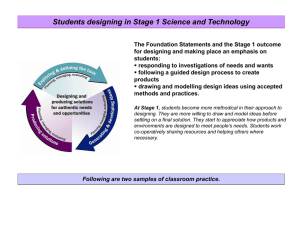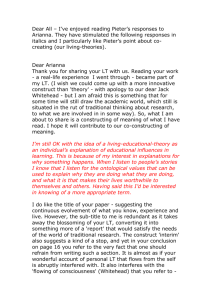Design Decisions for Quality Assessment Tasks
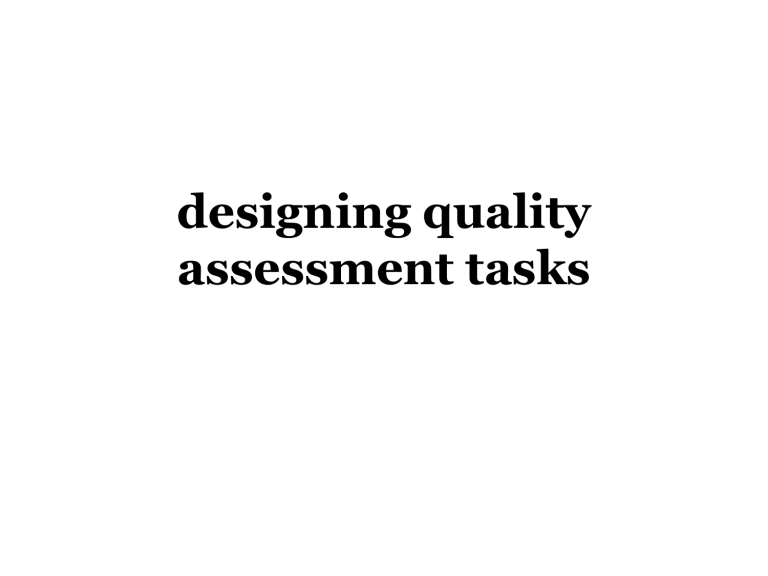
designing quality assessment tasks
The broader context
Education in Australia is currently constructed through standards and accountability curriculum frameworks.
This approach means the system provides a framework of knowledge and skills that students need and a set of accompanying standards. The system implements largescale testing regimes (e.g., NAPLAN) to determine if the curriculum is being delivered consistently (properly?) across the state/country.
The implications of this approach for teachers is greater emphasis on classroom-based assessment that captures evidence of deep knowledge and deep understanding whilst ensuring your accountability to students, parents, schools, communities and the system.
The broader context
Recent research has provided much better understanding of how students learn. This has led to a shift in focus from how/what we teach to how students learn and assessment is integral to this.
Assessment represents a statement of claim about what learning is valued, it tells students what we think is important enough to assess. We can capitalise on this notion by using assessment to drive our curriculum planning and our teaching and ultimately student learning.
Authentic assessment
The move towards more ‘authentic’ assessment tasks is not just a response to shifts in the broader educational context.
This approach is also a reaction to the problems associated with more traditional assessment types, such as…
Testing is more about competing than learning
The lack of alignment between pedagogy and assessment
The detrimental effects of ‘failing’ on student motivation
Furthermore, the shift towards more authentic assessment parallels the growth of knowledge around ‘assessment for learning’. i.e. how assessment can be used not only to improve student outcomes but also to develop students’ understanding of how they learn, or metacognitive skills.
See the Assessment Reform Group at http://www.assessment-reform-group.org/
Authentic assessment
Is connected to the curriculum and to students’ everyday lives and real world contexts
needs to tap into students interests and be exciting/interesting for the teaching staff
Promotes deep knowledge and deep understanding
needs to be intellectually challenging
Should involve teacher, student and community judgment
may have an audience beyond the classroom
Authentic assessment
Has flexibility to cater for and motivate different students
must be ‘accessible’ to all students i.e. transparent criteria; media-savvy task sheets
Encourages student performance of their learning in optimal conditions
negotiable end-products and learning pathways
Is transdisciplinary
even if it is implemented within a single KLA it will still incorporate CLOs from other KLAs
Tools for designing/analysing assessment tasks
Design Decisions for Quality Assessment Tasks
(aka “The Placemat”, see Matters, 2005, APPENDIX 5)
NSW Quality Teaching Framework (QTF)
(similar language to SA TfEL framework but describing how pedagogical elements should ‘look’ in assessment tasks
Backward Mapping worksheet you will be using this template today to get you started on your curriculum plans. However you need to create the assessment task you consider any other aspects of teaching this unit/topic/theme.
Aligning curriculum with pedagogy
To ensure your summative assessment task aligns with the curriculum you need to construct the task and the marking rubric before you plan your teaching. Here’s where applying the model for backward
mapping comes into play:
What do you value?
What’s the big idea that you want students to have a deep understanding of?
Your answer to this question will help you to clarify the learning
‘outcomes’ you want to assess and the criteria/features you will assess.
How do you want students to demonstrate their learning?
i.e. what assessment task will give you the evidence of the learning you desire?
Your answer to this question will help you determine the design parameters of the task
Clarifying the big ideas
pinpointing what you really want students to learn and what you want to assess them on
Ways of obtaining evidence
Once you have clarified what learning you want to assess, you need to determine the most appropriate tool for getting evidence of that learning
Some Examples…
Assessing the quality of your questions
You need to ensure the questions/tasks you assign students AND the marking tool/rubric are demanding and discriminating enough so that the assessment instrument is fair, transparent, educative, valid and reliable.
Designing assessment collaboratively will benefit but there are tools to enhance the cognitive demands of your tasks/questions, such as
TAXONOMIES OF LEARNING e.g. Bloom’s
Using Bloom’s for designing assessment
Cognitive Process
Remember
Understand
Apply
What learners are required to do
Retrieve knowledge
Verbs to use
Recall, recognise, list, define, match, describe, select, identify
Construct meaning from information/stimuli and ideas
Summarise, paraphrase, classify, interpret, infer, deduce, discuss, explain, revise, compare.
Apply a technique or procedure to a given situation (may include determining which technique or procedure)
Change, demonstrate, predict, relate, show how, solve, determine.
Using Bloom’s for designing assessment
Cognitive Process
Analyse
Evaluate
Create
What learners are required to do
Separate information into parts and determine how they relate to each other and the overall (bigger) context/picture
Make judgements based on criteria and/or standards.
Verbs to use
Analyse, compare and contrast, distinguish, examine, point out, relation, explain, differentiate, organise, attribute.
Evaluate, assess, justify, critique, interpret, discriminate, judge, comment on.
Put together elements to form a coherent whole or reorganise elements into a different arrangement or pattern.
Design, combine, plan, rearrange, generate, create, construct, reconstruct, produce
Knowledge taxonomies
This is another taxonomy based on the type of knowledge we are asking learner’s to work with
Factual: knowledge of terminology/metalanguage; specific details/facts
Conceptual: knowledge of classifications/categories; theories/ideas, models, structures
Procedural: knowledge of subject-specific skills and algorithms; techniques and methods; criteria used for determining particular techniques/methods
Metacognitive: strategic knowledge; knowledge about thinking/learning processes/tasks; knowledge about the self
Blending cognitive processes with the knowledge dimension
COGNITIVE
PROCESS
REMEMBER
KNOWLEDGE
FACTUAL
UNDERSTAND APPLY ANALYSE EVALUATE CREATE
CONCEPTUAL
PROCEDURAL
METACOGNITIVE
Anderson and Krathwohl, 2001 as cited in Killen, R. (2006). Programming and assessment for quality teaching and learning. Southbank, Vic.:Thomson
Designing your task
All of the information you have been provided plus the worksheets and tools for analysis are meant to prompt you to consider a broad range of factors before you create the task sheet and marking criteria. The more factors you take into account when designing quality assessment tasks, the more assurance you have that your task will enable students to demonstrate the degree/quality of their learning…essential to meet the requirements of standards-based assessment.


